 ↪ Doses - PHENYTOIN SODIUM
Chemistry - A hydantoin-derivative, phenytoin sodium occurs as a white, hygroscopic powderwhich is freely soluble in water and warm propylene glycol, and soluble in alcohol. Because phenytoin sodium slowly undergoes partial hydrolysis in aqueous solutions to... ↪ Read more
↪ Doses - PHENYTOIN SODIUM
Chemistry - A hydantoin-derivative, phenytoin sodium occurs as a white, hygroscopic powderwhich is freely soluble in water and warm propylene glycol, and soluble in alcohol. Because phenytoin sodium slowly undergoes partial hydrolysis in aqueous solutions to... ↪ Read more Veterinary Drug Handbook (VDH) is the reference veterinarians turn to when they want an independent source of information on the drugs that are used in veterinary medicine today.
-
 Is veterinary Liniment Gel safe for humans?
Is veterinary Liniment Gel safe for humans? -
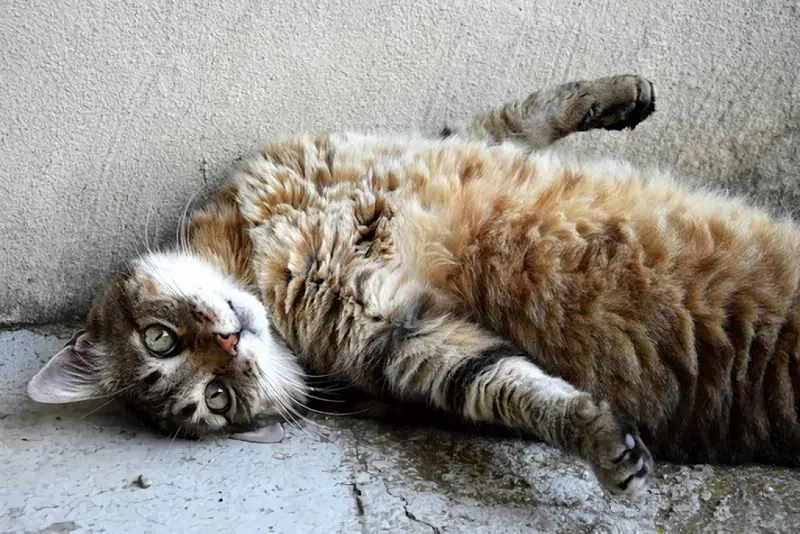 Giving Your Cat A Pill
Giving Your Cat A Pill -
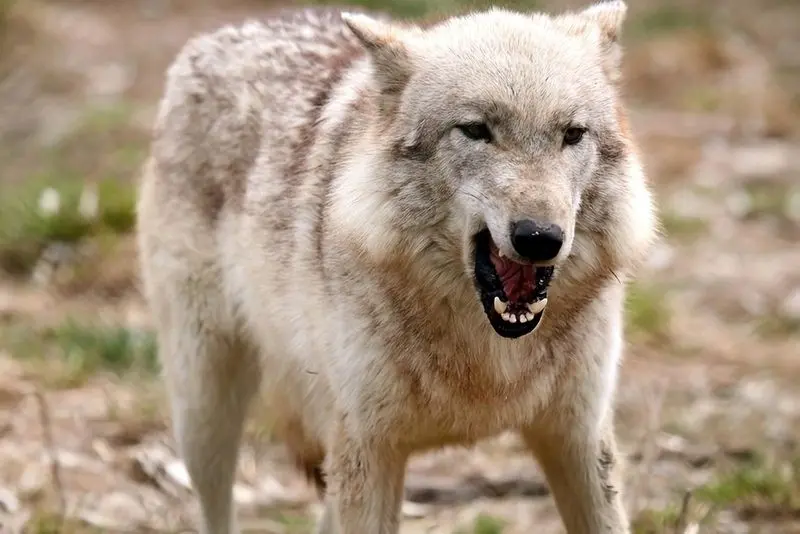 Dog Aggression
Dog Aggression -
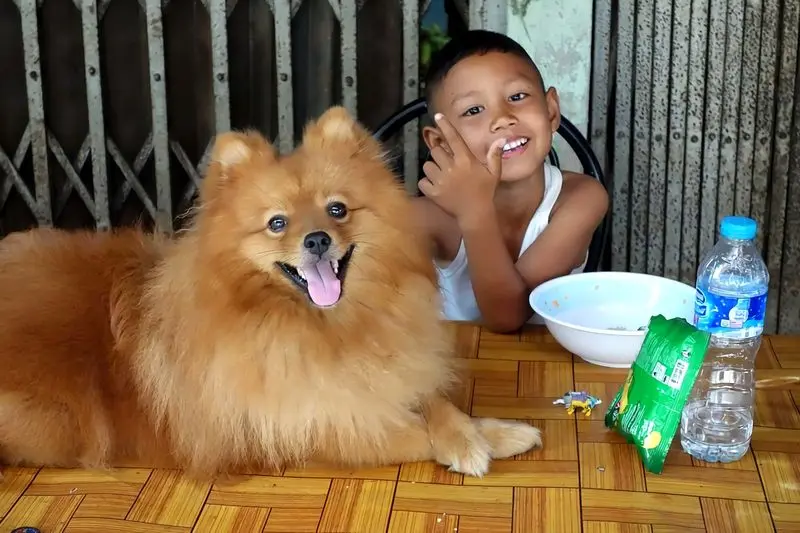 Dogs May Help Boost Infant Health
Dogs May Help Boost Infant Health -
 Animal-Assisted Therapy, Veterinary Social Work, & Social Work With People & Pets in Crisis
Animal-Assisted Therapy, Veterinary Social Work, & Social Work With People & Pets in Crisis -
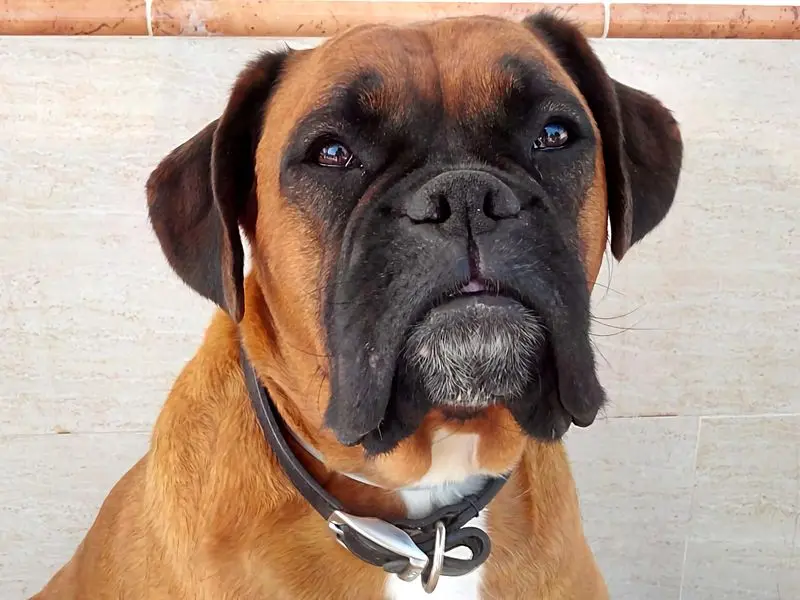 On-demand veterinary service gives advice on poorly pets
On-demand veterinary service gives advice on poorly pets -
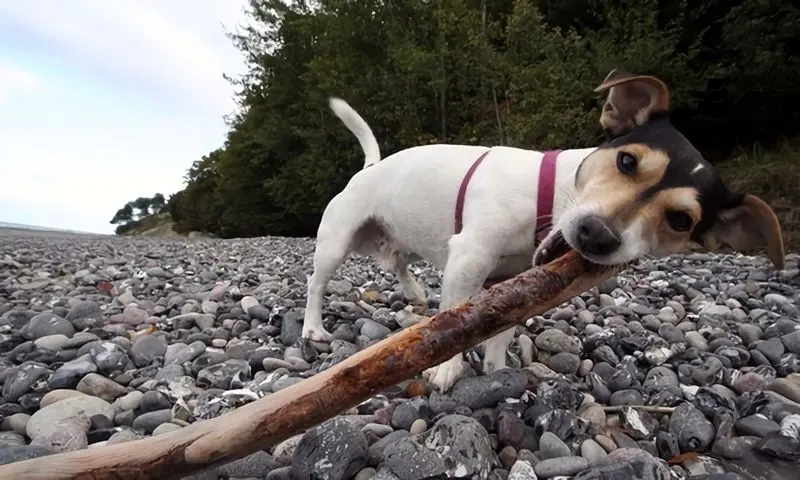 Should we stop throwing sticks for dogs?
Should we stop throwing sticks for dogs? -
 Can breathing in cat hair be harmful?
Can breathing in cat hair be harmful? -
 What does PU/PD mean in veterinary medicine?
What does PU/PD mean in veterinary medicine? -
 Bill calls for ban on sales of dogs, cats in Maine pet stores
Bill calls for ban on sales of dogs, cats in Maine pet stores -
 Common Meanings Of Cat Behavior
Common Meanings Of Cat Behavior -
 What does DVM stand for in veterinary?
What does DVM stand for in veterinary? -
 Curing Bad Cat Breath
Curing Bad Cat Breath -
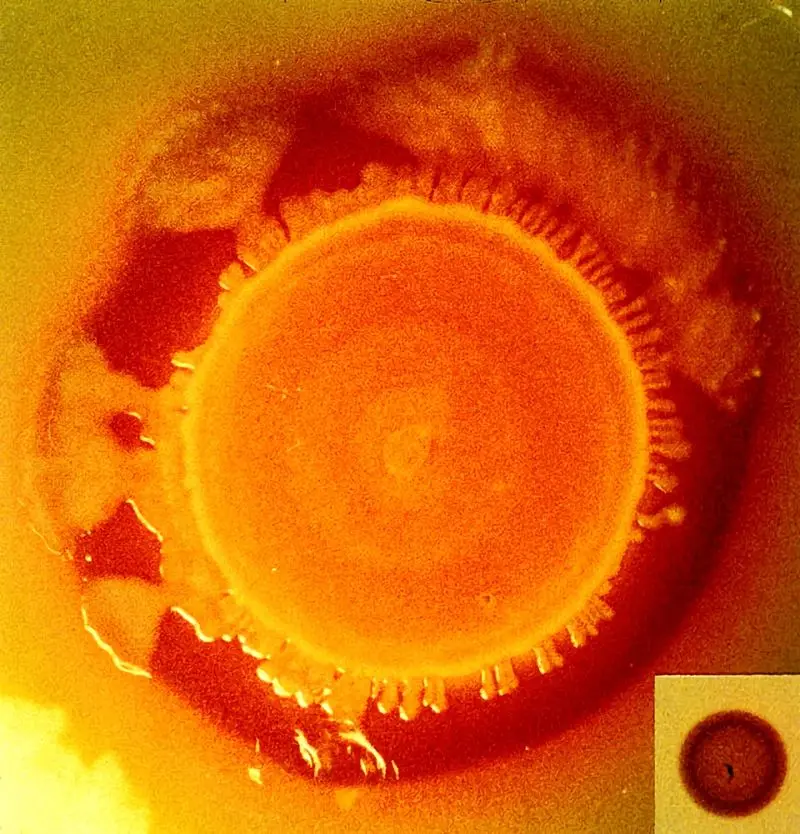 New Tracking Tool for Pathogen Investigators
New Tracking Tool for Pathogen Investigators -
Can binturongs be kept as pets?
-
 How long do instruments stay sterile after autoclaving veterinary?
How long do instruments stay sterile after autoclaving veterinary?
PHENYTOIN SODIUM
 ↪ Doses - PHENYTOIN SODIUM
Chemistry - A hydantoin-derivative, phenytoin sodium occurs as a white, hygroscopic powderwhich is freely soluble in water and warm propylene glycol, and soluble in alcohol. Because phenytoin sodium slowly undergoes partial hydrolysis in aqueous solutions to... ↪ Read more
↪ Doses - PHENYTOIN SODIUM
Chemistry - A hydantoin-derivative, phenytoin sodium occurs as a white, hygroscopic powderwhich is freely soluble in water and warm propylene glycol, and soluble in alcohol. Because phenytoin sodium slowly undergoes partial hydrolysis in aqueous solutions to... ↪ Read more Doses - PHENYLPROPANOLAMINE HCL
 ↪ Description - PHENYLPROPANOLAMINE HCL
Dogs: For urethral sphincter hypotonus: a) 12.5 - 50 mg PO q8h (Labato 1988), (Polzin and Osborne 1985) b) 1.1 mg/kg PO q8h; dosage should be rounded to the nearest 12.5 mg for practicaldosing. (Plumb 1988)Cats: For urethral sphincter hypotonus: a)... ↪ Read more
↪ Description - PHENYLPROPANOLAMINE HCL
Dogs: For urethral sphincter hypotonus: a) 12.5 - 50 mg PO q8h (Labato 1988), (Polzin and Osborne 1985) b) 1.1 mg/kg PO q8h; dosage should be rounded to the nearest 12.5 mg for practicaldosing. (Plumb 1988)Cats: For urethral sphincter hypotonus: a)... ↪ Read more PHENYLPROPANOLAMINE HCL
 ↪ Doses - PHENYLPROPANOLAMINE HCL
Chemistry - A sympathomimetic amine, phenylpropanolamine HCl occurs as a white, crystallinepowder with a slightly aromatic odor, a melting range between 191° - 194°C, and a pKa of 9.4. Onegram is soluble in approximately 1.1 ml of water or 7 ml of... ↪ Read more
↪ Doses - PHENYLPROPANOLAMINE HCL
Chemistry - A sympathomimetic amine, phenylpropanolamine HCl occurs as a white, crystallinepowder with a slightly aromatic odor, a melting range between 191° - 194°C, and a pKa of 9.4. Onegram is soluble in approximately 1.1 ml of water or 7 ml of... ↪ Read more Doses - PHENYLEPHRINE HCL
 ↪ Description - PHENYLEPHRINE HCL
Dogs: a) As a constant rate infusion: 1 - 3 mcg/kg/minute in either 0.9% sodium chloride or D5W (Dhupa and Shaffron 1995) b) 0.1 mg IV, 1.0 mg IM (Enos and Keiser 1985)Cats: a) As a constant rate infusion: 1 - 3 mcg/kg/minute in either 0.9% sodium... ↪ Read more
↪ Description - PHENYLEPHRINE HCL
Dogs: a) As a constant rate infusion: 1 - 3 mcg/kg/minute in either 0.9% sodium chloride or D5W (Dhupa and Shaffron 1995) b) 0.1 mg IV, 1.0 mg IM (Enos and Keiser 1985)Cats: a) As a constant rate infusion: 1 - 3 mcg/kg/minute in either 0.9% sodium... ↪ Read more PHENYLEPHRINE HCL
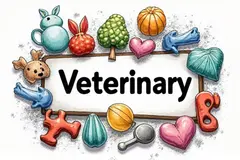 ↪ Doses - PHENYLEPHRINE HCL
Chemistry - An alpha-adrenergic sympathomimetic amine, phenylephrine HCl occurs as bittertasting, odorless, white to nearly white crystals with a melting point of 145 - 146°C. It is freelysoluble in water and alcohol. The pH of the commercially available... ↪ Read more
↪ Doses - PHENYLEPHRINE HCL
Chemistry - An alpha-adrenergic sympathomimetic amine, phenylephrine HCl occurs as bittertasting, odorless, white to nearly white crystals with a melting point of 145 - 146°C. It is freelysoluble in water and alcohol. The pH of the commercially available... ↪ Read more Doses - PHENYLBUTAZONE
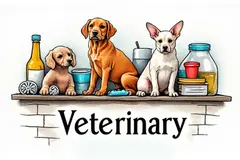 Dogs: a) 14 mg/kg PO tid initially (maximum of 800 mg/day regardless of weight), titrate dose tolowest effective dose (Package Insert; Butazolidin® - Coopers) b) For analgesia/phlebitis: 3-5 mg/kg PO tid; for analgesia/spinal disorders: 8-10 mg/kg PO tid (max. 800 mg/day); for... ↪ Read more
Dogs: a) 14 mg/kg PO tid initially (maximum of 800 mg/day regardless of weight), titrate dose tolowest effective dose (Package Insert; Butazolidin® - Coopers) b) For analgesia/phlebitis: 3-5 mg/kg PO tid; for analgesia/spinal disorders: 8-10 mg/kg PO tid (max. 800 mg/day); for... ↪ Read more PHENYLBUTAZONE
 ↪ Doses - PHENYLBUTAZONE
Chemistry - A synthetic pyrazolone derivative related chemically to aminopyrine, phenylbutazoneoccurs as a white to off-white, odorless crystalline powder that has a pKa of 4.5. It is very slightlysoluble in water and 1 gram will dissolve in 28 ml of alcohol. It is... ↪ Read more
↪ Doses - PHENYLBUTAZONE
Chemistry - A synthetic pyrazolone derivative related chemically to aminopyrine, phenylbutazoneoccurs as a white to off-white, odorless crystalline powder that has a pKa of 4.5. It is very slightlysoluble in water and 1 gram will dissolve in 28 ml of alcohol. It is... ↪ Read more Doses - PHENOXYBENZAMINE HCL
 ↪ Description - PHENOXYBENZAMINE HCL
Note:Because the only dosage form available is a 10 mg capsule, doses should be roundedto the nearest 2.5 mg dose when possible.Dogs: Treatment of detrusor areflexia: a) 5 mg - 15 mg PO once daily. (Chew, DiBartola, and Fenner 1986) b) Initially, 10 mg... ↪ Read more
↪ Description - PHENOXYBENZAMINE HCL
Note:Because the only dosage form available is a 10 mg capsule, doses should be roundedto the nearest 2.5 mg dose when possible.Dogs: Treatment of detrusor areflexia: a) 5 mg - 15 mg PO once daily. (Chew, DiBartola, and Fenner 1986) b) Initially, 10 mg... ↪ Read more PHENOXYBENZAMINE HCL
 ↪ Doses - PHENOXYBENZAMINE HCL
Chemistry - An alpha-adrenergic blocking agent, phenoxybenzamine HCl occurs as an odorless, white crystalline powder with a melting range of 136°-141° and a pKa of 4.4. Approximately 40 mgis soluble in 1 ml of water and 167 mg is soluble in 1 ml of... ↪ Read more
↪ Doses - PHENOXYBENZAMINE HCL
Chemistry - An alpha-adrenergic blocking agent, phenoxybenzamine HCl occurs as an odorless, white crystalline powder with a melting range of 136°-141° and a pKa of 4.4. Approximately 40 mgis soluble in 1 ml of water and 167 mg is soluble in 1 ml of... ↪ Read more Doses - PHENOBARBITAL SODIUM, PHENOBARBITAL
 ↪ Description - PHENOBARBITAL SODIUM, PHENOBARBITAL
Dogs: For treatment of idiopathic epilepsy: a) 1 - 2 mg/kg PO bid initially, then monitor and adjust dosage. Some require up to 16mg/kg/day. (Morgan 1988) b) 5 - 16 mg/kg/day divided bid or tid (Bunch 1986) c) Initially, 2.5 mg/kg PO bid,... ↪ Read more
↪ Description - PHENOBARBITAL SODIUM, PHENOBARBITAL
Dogs: For treatment of idiopathic epilepsy: a) 1 - 2 mg/kg PO bid initially, then monitor and adjust dosage. Some require up to 16mg/kg/day. (Morgan 1988) b) 5 - 16 mg/kg/day divided bid or tid (Bunch 1986) c) Initially, 2.5 mg/kg PO bid,... ↪ Read more PHENOBARBITAL SODIUM, PHENOBARBITAL
 ↪ Doses - PHENOBARBITAL SODIUM, PHENOBARBITAL
Chemistry - Phenobarbital, a barbiturate, occurs as white, glistening, odorless, small crystals or asa white, crystalline powder with a melting point of 174°-178°C and a pKa of 7.41. One gram issoluble in approximately 1000 ml of... ↪ Read more
↪ Doses - PHENOBARBITAL SODIUM, PHENOBARBITAL
Chemistry - Phenobarbital, a barbiturate, occurs as white, glistening, odorless, small crystals or asa white, crystalline powder with a melting point of 174°-178°C and a pKa of 7.41. One gram issoluble in approximately 1000 ml of... ↪ Read more Doses - PENTOBARBITAL SODIUM
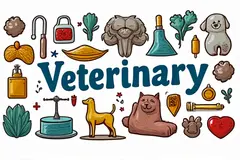 ↪ Description - PENTOBARBITAL SODIUM
Dogs: a) For adjunctive therapy for ulcerative dermatosis of Shelties and Collies: 400 mg (onetablet) PO once daily or every other day if vomiting is a problem. If it can be reformulatedinto capsules, divide daily dose and give up to 3 times daily.... ↪ Read more
↪ Description - PENTOBARBITAL SODIUM
Dogs: a) For adjunctive therapy for ulcerative dermatosis of Shelties and Collies: 400 mg (onetablet) PO once daily or every other day if vomiting is a problem. If it can be reformulatedinto capsules, divide daily dose and give up to 3 times daily.... ↪ Read more Popular Diagnoses
Packed cell volume (PCV, hematocrit) Reflex ovulator Mucolytic Microfilaricide Bronchodilator Hematocrit Glucocorticoid Monoamine oxidase inhibitor (MAOI) ↪ All veterinary diagnoseOther Diagnoses
SSRI Status epilepticus Stenosis Stress-induced hyperglycemia Struvite Subcutaneous Subluxation SulfonamidesPopular Veterinary Clinics
VCA Welborn Animal Hospital, 7860 Washington Avenue Kansas City, KS 66112 USA MedVet Columbus, 300 East Wilson Bridge Road, Worthington, OH Rutland Veterinary Clinic & Surgical Center, 90 East Pittsford Road, Rutland, VT VCA Paradise Valley Emergency Animal Hospital, 6969 East Shea Boulevard Suite 150 Scottsdale, AZ 85254 USA Connecticut Veterinary Center & Pet ER, 470 Oakwood Ave West Hartford, CT 06110 USA Norway Veterinary Hospital, 10 Main St P.O. Box 273 Norway, ME 04268 USA Craig Road Animal Hospital, 5051 West Craig Road, Las Vegas, NV Abri Veterinary Hospital Inc, 1449 Trademart Boulevard Winston-Salem, NC 27127 USA ↪ All veterinary clinicsOther Veterinary Clinics
VCA Closter Animal Hospital, 137 Piermont Road Closter, NJ 07624 USA Stamen Animal Hospital, 61 Quaker Ridge Road New Rochelle, NY 10804 USA, Wykagyl Village Animal Clinic, 875 Saw Mill River Road Ardsley, NY 10502 USA ENGLEWOOD ANIMAL HOSPITAL, 43 N DEAN ST ENGLEWOOD, NJ 07631 USA Bergen Veterinary Hospital, 1680 Teaneck Road Teaneck, NJ 07666 USA Miller Clark Animal Hospital, 1621 Harrison Ave Mamaroneck, NY 10543 USA Bond Animal Hospital, 250 Central Avenue White Plains, NY 10606 USA Cats Exclusive Veterinary Hospital, 742 Bergen Blvd Ridgefield, NJ 07657 USAPopular Drugs
DOXYLAMINE SUCCINATE Doses - PENICILLIN V POTASSIUM Doses - METHYLPREDNISOLONE, METHYLPREDNISOLONE ACETATE, METHYLPREDNISOLONE SODIUM SUCCINATE ACEPROMAZINE MALEATE Doses - PREDNISOLONE, PREDNISOLONE SODIUM SUCCINATE, PREDNISOLONE ACETATE, PREDNISONE Doses - FURAZOLIDONE Doses - FERROUS SULFATE Doses - LEVAMISOLE ↪ All veterinary drugOther Drugs
Controlled Iodine Teat Dip Doctors Foster and Smith Controlled 1% Iodine Teat Dip Noromycin 300 LAOxytetracycline Injection 300 mg/mL 300 PRO LA (Oxytetracycline) Injection ANTIBIOTIC EQUIDONE® Gel (domperidone) Novox® Caplets (carprofen), 25 mg, 75 mg and 100 mg Sergeant's Vetscription Benadene For Puppies and DogsPopular Terms
Subalbinotic Steatis Uteroverdin Paradoxical CSF acidosis Figure of 8 suture pattern Nerve root signature Ovariohysterectomy Abrev OVH Signalment ↪ All veterinary termOther Terms
ARTICULATORY CARTILAGE ASSOCIATE OF THE FARRIERS COMPANY OF LONDON ARTICULATION ARM & HAMMER ARTERIES ARTERIOVENOUS ANASTOMOSES APRON ARC WELDERveterinary-help.com
© 2011-2025 Veterinary Clinics, Diagnoses, Terms and Drug Handbook Online

